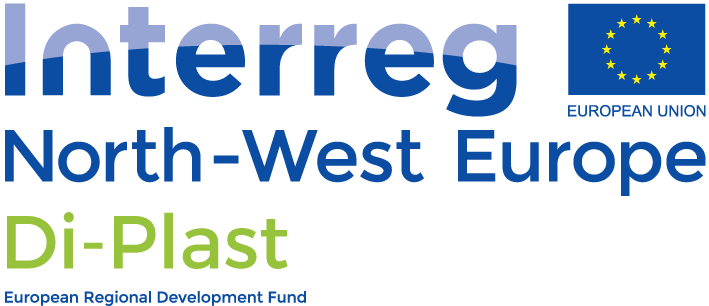https://player.vimeo.com/video/670132131
Value Stream Management:
Often, individual (uncoordinated) process components, so-called bottlenecks, prevent entire process chains from becoming circular. Value Stream Management (VSM) emphasizes the analysis and visualization of value chains or internal company processes. The idea is to deliver value from the customer’s perspective and to continuously improve the process chain by collecting and evaluating the value chain and information flow. VSM aims to help with the adoption of circularity principles alongside the value stream.
Type of tool: Guideline for internal and cross-company analysis of process chains
Short description of the tool:
- Detailed description: A detailed description of the tool can be found in the attached guideline
Required skills:
Prior knowledge within Lean and process analysis advantageous but not necessary
- Process/material knowledge: Know the internal material flows
- Digitalization knowledge: Experience in MS-Vision or MS-Excel helpful
Required programs
- MS Excel
- MS Visio
This tool supports you to:
Example use case:
Often, individual (uncoordinated) process components, so-called bottlenecks, prevent entire process chains from being implemented effectively regarding CE. These problem areas can be identified through a holistic CE analysis, which is where this guideline is intended to help. For companies looking for guidance to better understand their own (micro) or supply chains (macro) process chains regarding CE, the following guide provides orientation.
Tool guideline and access:
To acces the guideline please follow the link below . To design and analyze value stream mapping, some software and add-in exist in the market such as Microsoft Visio (see attached guideline to link MS-Visio with MS-Excel). A simple template of value stream mapping in Microsoft Excel can be downloaded via the link below.
_ Guideline to link MS-Visio with MS-Excel
The upcoming guideline follows the in C-VSM introduced ideas, as well as new concepts, and applies it to the standardized VSM tool firstly mentioned by Rother & Shook in their book “Learning to See: Value Stream Mapping to Add Value and Eliminate Muda” and consequently defined under the ISO 22468. The use cases for this guide coincide with the use cases for the lean-centric version with the adoption of circularity, which targets the development of close and slow loops, as well as minimized waste and sustainable value chain. The following guideline targets a broad user pool, such that any user, like either an external consultant or an internal coordinator responsible for lean can assess and evaluate any value chain from a circular perspective, whilst simultaneously pursuing a continuous improvement process.
For more information on using VSM to gather, process, and apply end-of-life (EOL)-process information to provide the beginning-of-life (BOL) with critical information about a CE-adapted product design, refer to x.
Disclaimer:
The material and information contained in this document are to be used as guidance and not to redefine the already consolidated VSM method or to educate the practitioner on basic lean principles. The Di-Plast project team is not responsible for the consequences of the incorrect application of the content.
Contact person of the tool: Jeff Mangers (jeff.mangers@uni.lu)
Related tools:
Before applying this tool:
After applying this tool:
- Analyse and Visualize your process data with data analytics -> Data Analytics
- Get guidance to set up a working data infrastucture -> Data Infrastructure Wiki
- Find the right sensor to survey your process -> Sensor Tool
- Match material requirements with material properties -> Matrix
